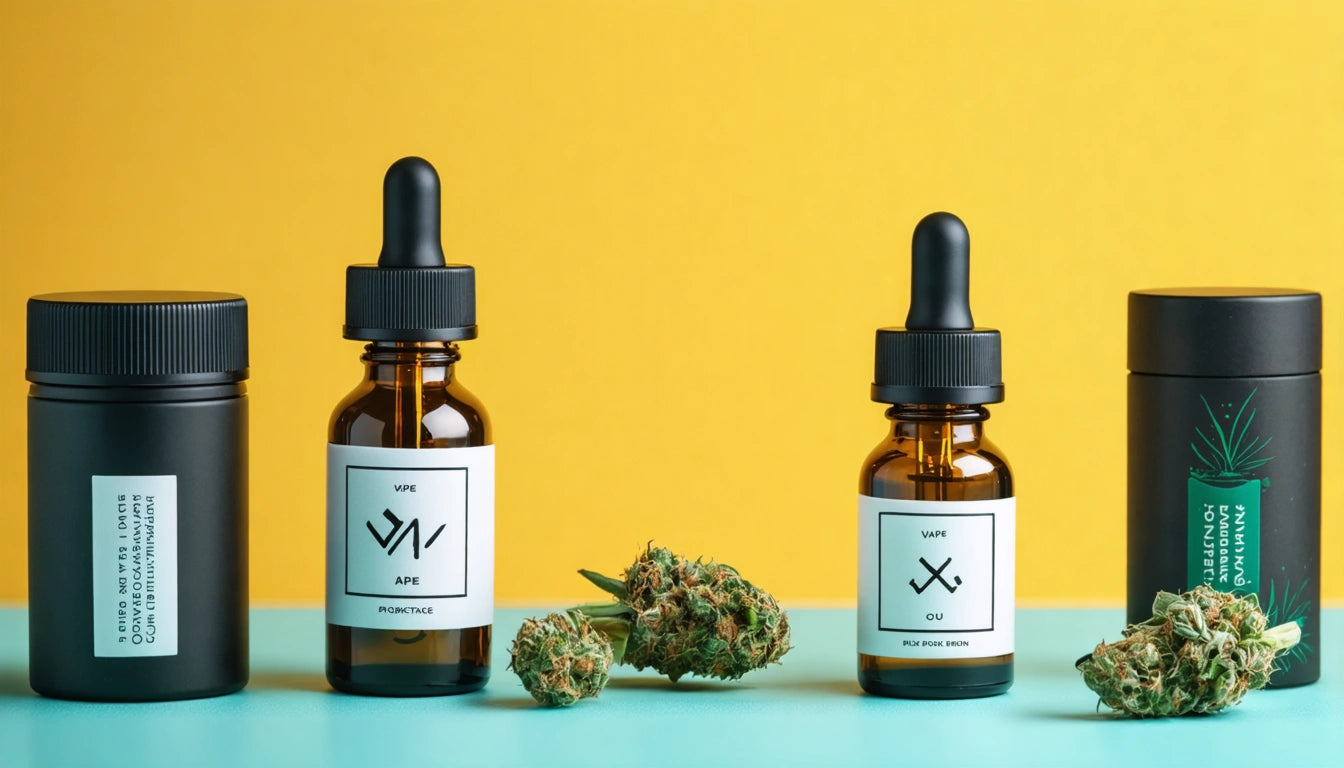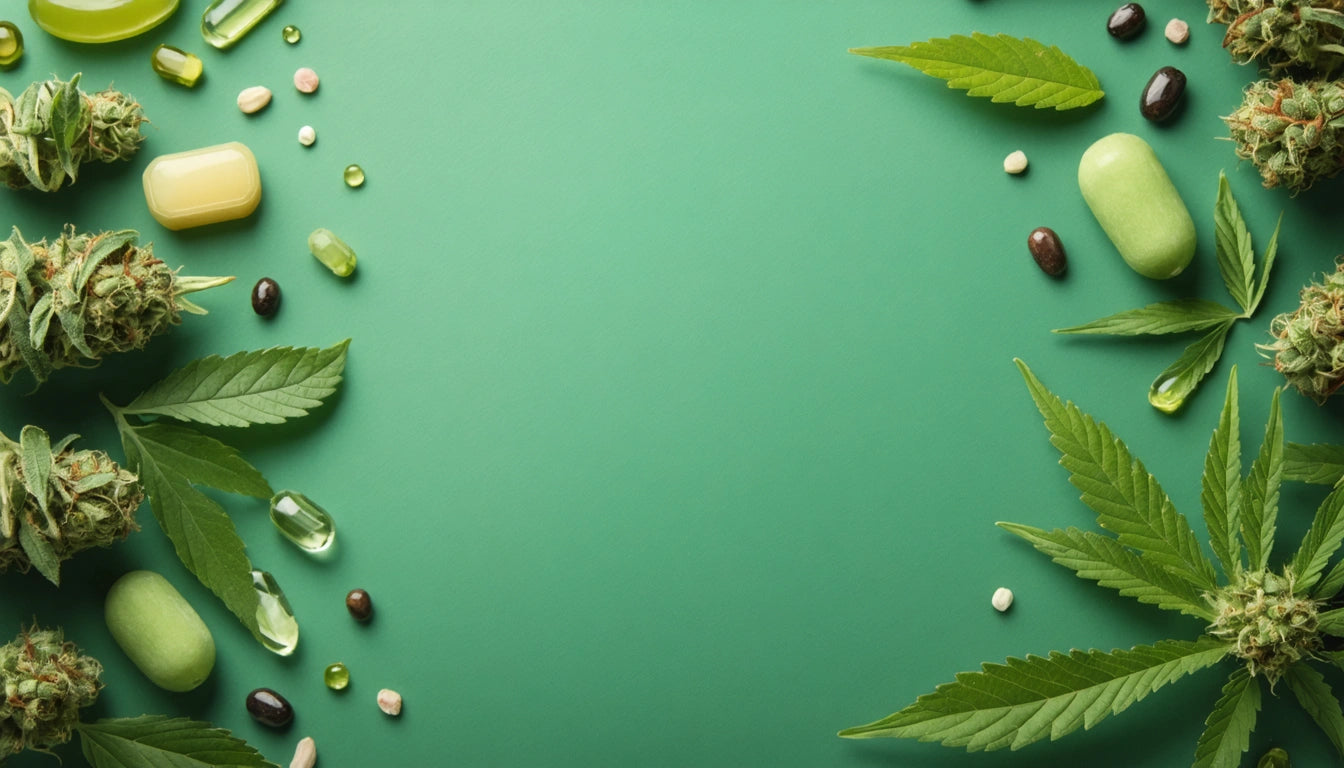Table of Contents
- Sustainability Meets Luxury: The New Premium Standard
- Sensory Packaging Experiences: Beyond Visual Appeal
- Technological Integration in Luxury Packaging
- Minimalism and Authenticity: Less Is More Luxurious
- Strategic Material Selection for Premium Perception
- Future Directions: Where Luxury Packaging Is Heading
The Evolution of Luxury Packaging in 2025
Luxury packaging has undergone a remarkable transformation in recent years, with 2025 marking a pivotal point in its evolution. Today's premium packaging balances aesthetic appeal with functionality, sustainability, and technological innovation. As consumer expectations continue to rise, brands must adapt their packaging strategies to maintain perceived value while addressing environmental concerns and digital integration demands.
Sustainability Meets Luxury: The New Premium Standard
In 2025, sustainable luxury is no longer an oxymoron but an expectation. Premium brands have embraced eco-friendly materials without sacrificing the opulent unboxing experience consumers crave. Biodegradable finishes, recycled content with premium textures, and reusable packaging components have become hallmarks of forward-thinking luxury brands.
The shift toward sustainability has prompted innovations in material science, with companies developing plant-based alternatives that maintain the substantial feel associated with luxury. Many brands now use high-quality resealable packaging solutions that combine durability with environmental consciousness, allowing consumers to repurpose premium containers long after the initial purchase.
Sensory Packaging Experiences: Beyond Visual Appeal
Tactile Elements
Touch has become a crucial differentiator in luxury packaging. Texture in luxury packaging creates immediate sensory feedback that signals quality and craftsmanship. Embossing, debossing, soft-touch coatings, and varied surface treatments create memorable haptic experiences that enhance brand recall.
Weight and Substance
The physical weight of packaging continues to influence perception of value. Research on texture and weight confirms that heavier packaging is subconsciously associated with higher quality and justifies premium pricing. Brands are strategically incorporating this knowledge by using substantial materials that communicate luxury through their physical presence.
Technological Integration in Luxury Packaging
Smart packaging features have become standard in the luxury sector. NFC chips, QR codes with exclusive content, and augmented reality experiences embedded in packaging create interactive consumer journeys that extend beyond the physical product.
Authentication technology has also evolved, with packaging now incorporating sophisticated anti-counterfeiting measures that simultaneously serve as engagement tools. These features not only protect brand integrity but also create exclusive digital experiences for legitimate customers.
Minimalism and Authenticity: Less Is More Luxurious
The trend toward minimalism continues to gain momentum in luxury packaging. Minimal labels with restrained typography and ample negative space communicate confidence and sophistication. This approach allows premium materials and thoughtful design elements to take center stage.
- Clean, uncluttered designs with strategic use of space
- Limited color palettes focused on neutral tones
- Subtle branding that whispers rather than shouts
- Emphasis on material quality over decorative elements
Authenticity has become paramount, with brands showcasing their heritage and craftsmanship through packaging that tells a story. Transparent production processes and material sourcing information are often integrated into packaging design, satisfying consumer demand for brand accountability.
Strategic Material Selection for Premium Perception
Material choice remains one of the most powerful tools for communicating luxury. Tactile trends in luxury packaging show that consumers respond strongly to unexpected material combinations and novel textures.
Premium packaging in 2025 often features:
- Sustainable alternatives to traditional luxury materials
- Innovative composites that combine natural and synthetic elements
- Materials with inherent tactile interest like soft-touch papers and textured metals
- Contrasting elements that create sensory surprise during unboxing
These material innovations allow brands to create distinctive packaging experiences that stand out in crowded marketplaces while maintaining environmental responsibility.
Future Directions: Where Luxury Packaging Is Heading
Looking beyond 2025, luxury packaging trends point toward even greater personalization and adaptive design. Advances in small-batch manufacturing and digital printing are enabling cost-effective customization at scale, allowing brands to create packaging tailored to individual consumers or limited market segments.
Biometric packaging that responds to touch, temperature, or even emotional states is emerging as the next frontier. These innovations create deeply personal connections between consumers and brands, elevating packaging from mere protection to an integral part of the product experience.
The most successful luxury brands recognize that packaging is not just a container but a powerful marketing tool and brand statement. By embracing sustainable practices, sensory design, technological integration, and authentic storytelling, packaging will continue to evolve as a critical touchpoint in the luxury consumer journey.











Leave a comment
All comments are moderated before being published.
This site is protected by hCaptcha and the hCaptcha Privacy Policy and Terms of Service apply.